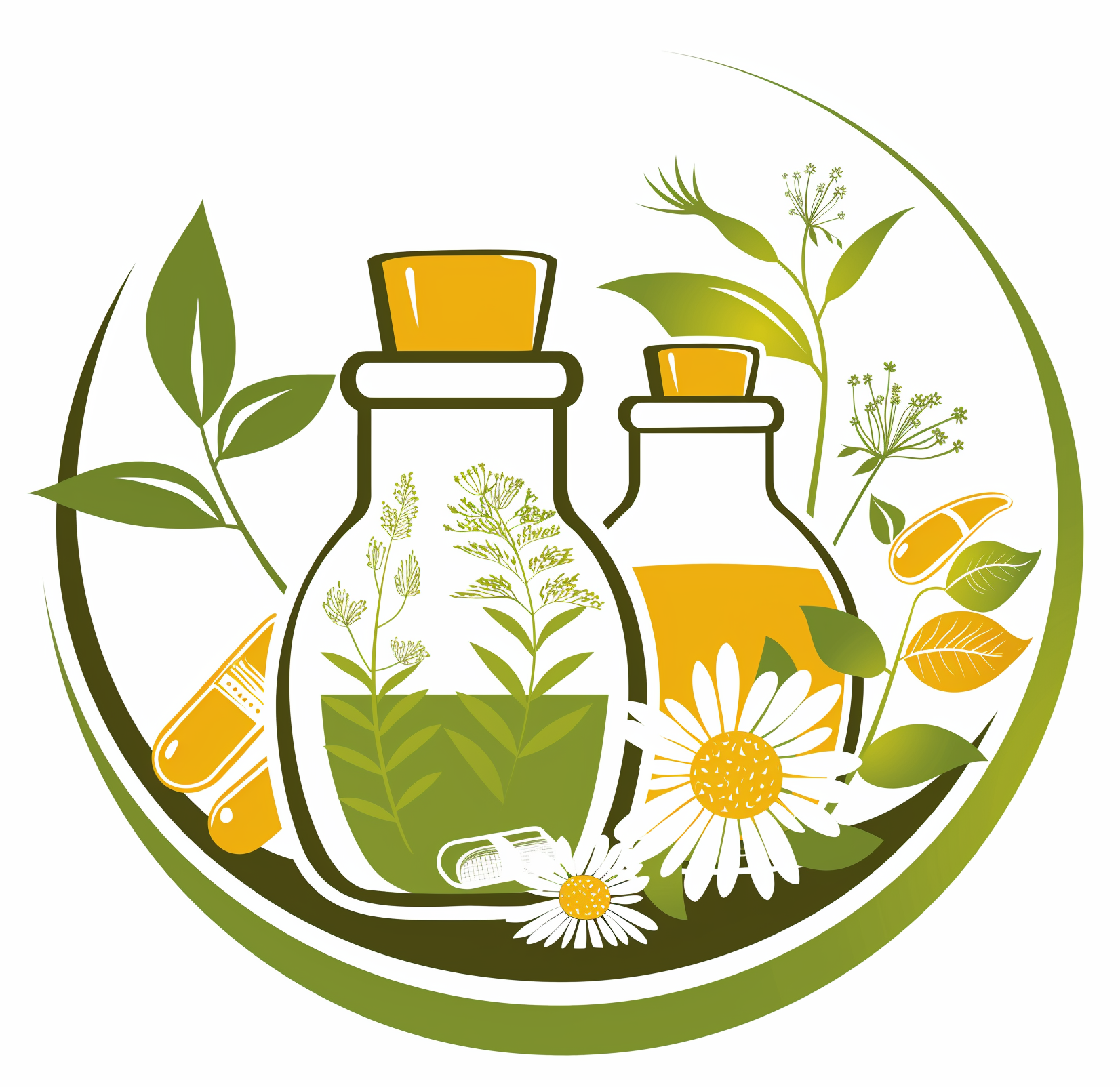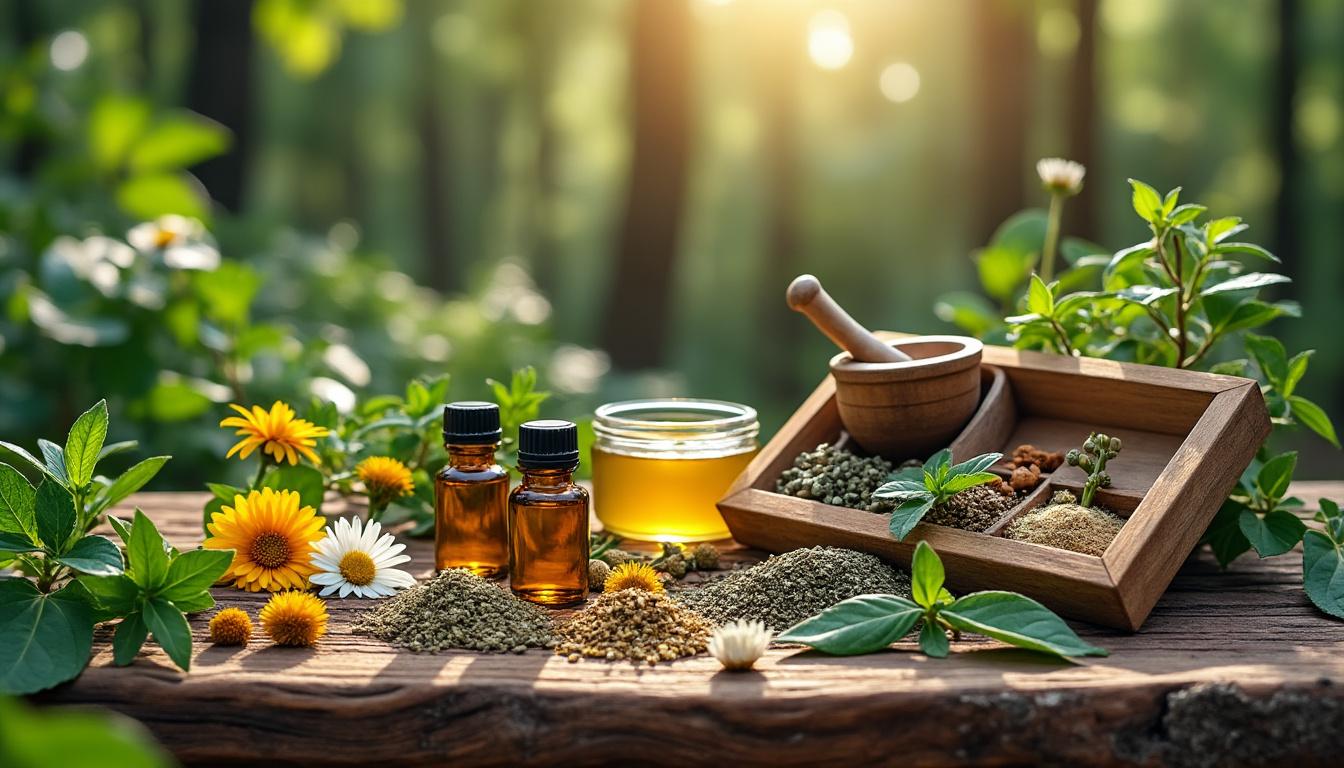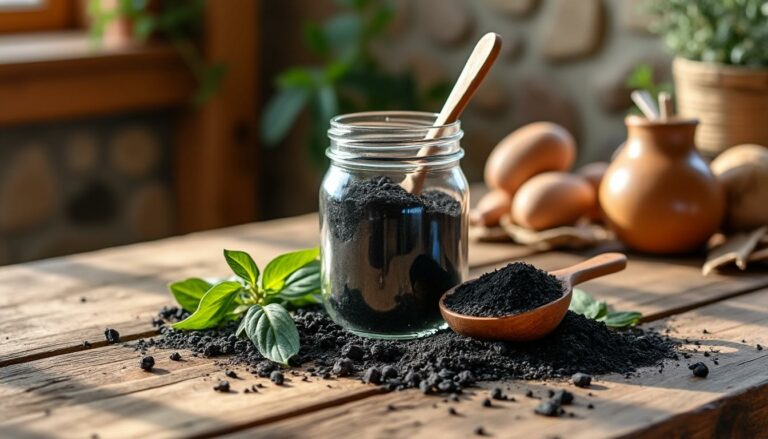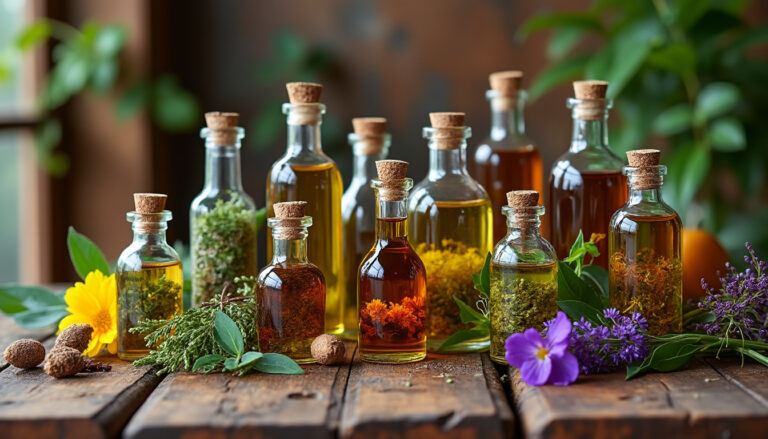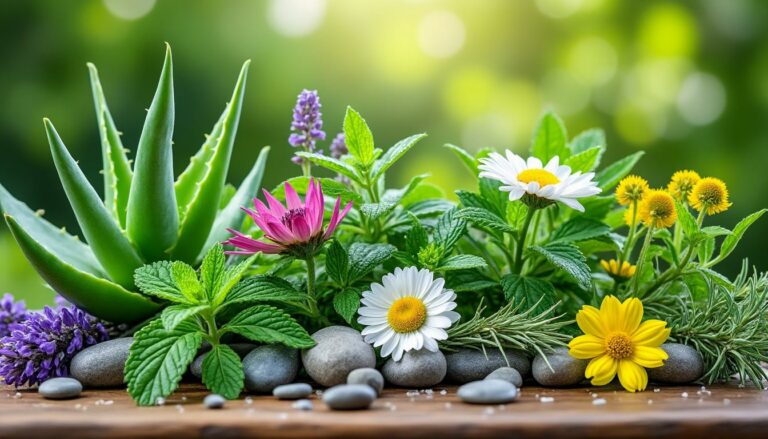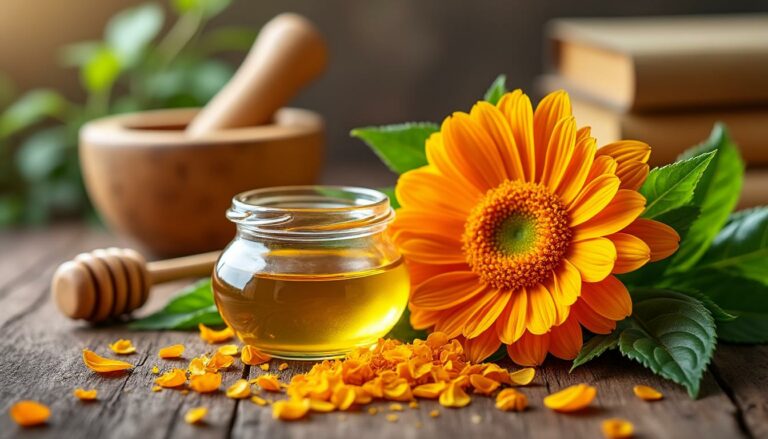What is herbal first aid? Essential practices everyone should know
Herbal first aid steps in when a cut, burn, or sting appears miles from a pharmacy and the medicine cabinet is empty.
The shock of not knowing how to calm bleeding, swelling, or anxiety in the moment can turn a small mishap into a spiraling emergency, especially when supply-chain hiccups and crowded clinics remain common headlines in 2025.
A pocket-sized kit filled with time-tested plants solves that gap: you learn to treat routine injuries on the spot, protect loved ones, and stay self-reliant wherever you roam. The pages below walk through every essential practice, from choosing herbs to applying them safely — no prior experience required.
Understanding herbal first aid: definition, scope, and benefits 🌿
Herbal first aid means using whole plants or concentrated extracts for immediate, short-term care of minor injuries and sudden discomforts. Unlike long-term herbal therapy, the goal here is rapid relief until (or instead of) professional help arrives.
- 🩹 Common situations: cuts, scrapes, bruises, burns, sprains, insect bites, mild infections, digestive upsets.
- 🌱 Typical preparations: fresh leaf poultices, tinctures, infused oils, salves, teas, and powdered herbs.
- 💡 Key advantage: plants combine multiple actions (antimicrobial + anti-inflammatory + soothing) in one remedy, reducing the need for several synthetic products.
| Benefit 🌟 | Why it matters | Example Herb |
|---|---|---|
| Rapid wound sealing | Stops minor bleeding & delays infection | Yarrow |
| Cools tissue 🔥 | Draws heat from burns & sun-exposed skin | Aloe Vera |
| Nerve relief | Addresses sharp, shooting pain without opioids | St. John’s Wort |
| Stress reduction | Calms panic so logical action follows | Chamomile & Co. |
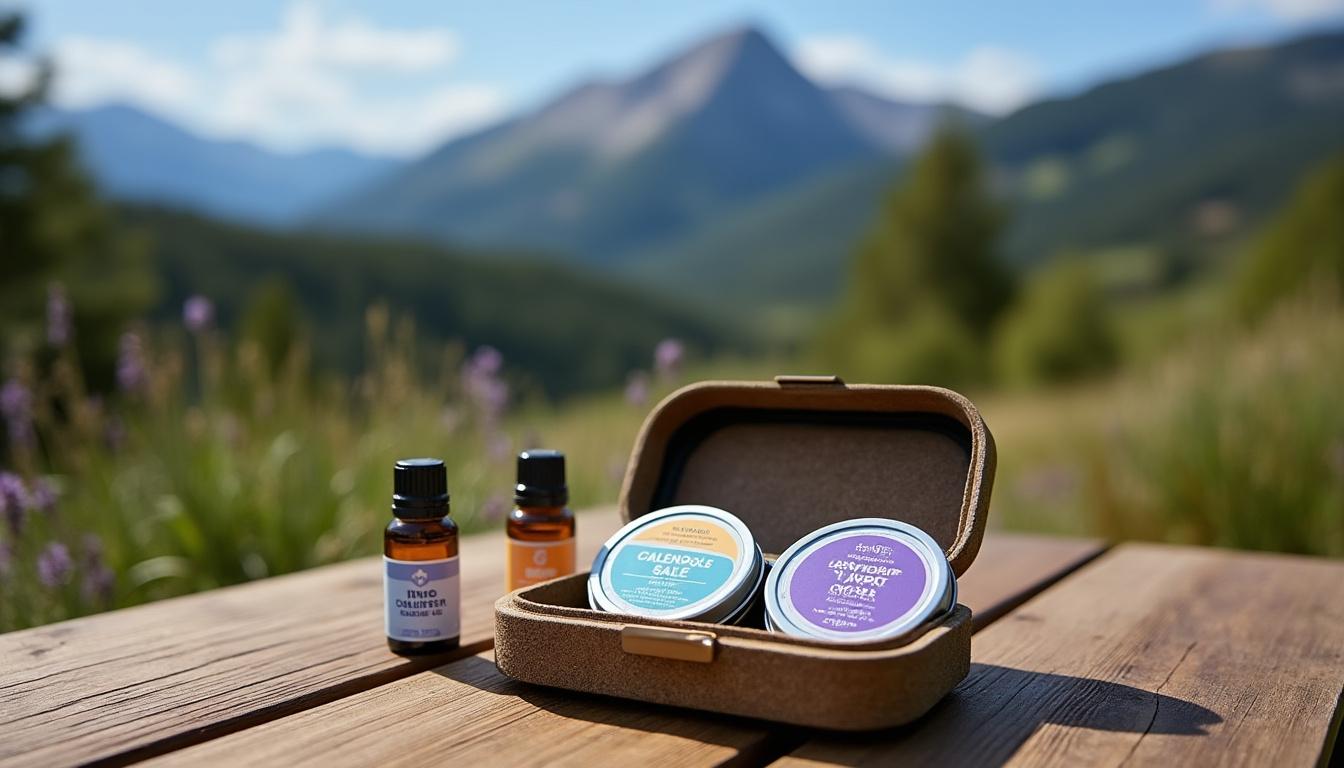
How does it compare to conventional first aid? 🩺
Modern dressings and antiseptics save lives, yet many households still rely solely on antibiotic ointments and painkillers. Plant-based care steps in when:
- 🚫 Allergies or side effects limit OTC options (e.g., reactions to petroleum jelly).
- 🏕️ Remote locations rule out quick pharmacy runs — a reality for homesteaders and van-lifers reading this off-grid health guide.
- 🌎 Eco-conscious users avoid single-use plastics and harsh chemicals.
Brands such as Frontier Co-op, Traditional Medicionals, and Nature’s Way now offer ready-to-use herbal first aid lines, proving that mainstream demand is growing.
Notice how experts in the video echo the same core principle: always identify the plant, confirm its safety, then apply promptly.
Core herbal actions every beginner should recognize 🧰
Think of each herb as a multitool: one blade cuts, another screws, a third opens cans. Here are the four actions you’ll call on most often:
- 🛡️ Antimicrobial — suppresses bacteria, fungi, or viruses (e.g., Garlic, Wild Mountain Botanicals Propolis Salve).
- ❄️ Anti-inflammatory — calms redness, pain, swelling (e.g., Calendula from Gaia Herbs).
- 🔗 Astringent — tightens tissue, slows bleeding (e.g., Plantain or strong black tea from Yogi Tea bags in a pinch).
- 💤 Nervine — relaxes the nervous system (e.g., Lavender, Chamomile from Herbal Essence infusions).
| Action ⚙️ | Plant Example | Quick Use Tip |
|---|---|---|
| Antimicrobial | Usnea | Dust powdered lichen directly on wound |
| Anti-inflammatory | Arnica | Massage gel on bruises (avoid broken skin) |
| Astringent 🤏 | Witch hazel | Apply soaked pad to stop razor nicks |
| Nervine | Passionflower | Sip tincture to steady breath after shock |
Safety first: simple rules that prevent mishaps
- 📖 Identify twice: Use a field guide or apps before harvesting; misidentification causes 90 % of home herbal errors.
- 🚸 Age matters: adjust doses for children; chamomile tea is generally safe, but eucalyptus oil is not.
- 👩⚕️ Medical overlap: if someone takes blood thinners, avoid large internal doses of ginkgo or St. John’s Wort.
- ⏱️ Observe time: if no improvement after 24 hours, escalate to professional care.
For deeper guidance, bookmark our full herbalism hub.
Top 10 herbs every kit should include 🌼
The table below distills centuries of folk wisdom and modern studies into a single glance. Each herb links out to a trusted source or DIY tutorial so you can stock up confidently.
| 🏅 Herb | Main Action | Best Form | Fast How-To | Pro Brand |
|---|---|---|---|---|
| Calendula | Anti-inflammatory | Salve | Infuse petals in oil 4 weeks, strain, mix with beeswax | Wild Mountain Botanicals |
| Lavender | Nervine + antimicrobial | Hydrosol spray | Mist burns twice daily | Herbal Essence |
| Yarrow | Astringent | Powder | Pack into bleeding cut, cover with gauze | Frontier Co-op |
| Arnica | Circulatory support | Gel | Rub on sprains 3× day | Boiron |
| Echinacea | Immune stimulant | Tincture | Drop 30 – 60 drops at first sign of infection | Nature’s Way |
| Comfrey | Cell regeneration | Compress | Soak cloth in cooled decoction; wrap sprain 20 min | Gaia Herbs |
| Aloe Vera | Cooling | Fresh gel | Slice leaf, apply directly | Traditional Medicinals |
| Plantain | Drawing agent | Chewed leaf poultice | Place on sting 10 min | Wild Mountain Botanicals |
| St. John’s Wort | Anti-viral & nerve | Infused oil | Massage into shingles rash | Gaia Herbs |
| Chamomile & Co. | Calming | Tea bags | Steep 5 min; rinse eye irritation | Yogi Tea |
Need detailed salve instructions? Follow the step-by-step photo guide at this link.
Activated charcoal: the eleventh hero 🖤
While not an herb, activated charcoal earns an honorary spot for binding poisons and relieving gas. Keep a small jar in your kit and review these uses to understand dosing.
Packing and storing your portable herbal first aid kit 🎒
Think modular: separate delicate glass tinctures from rugged powders, and label everything with name + date + use.
- 📦 Container ideas: recycled metal lunchbox, waterproof ammo can, or a roll-up canvas pouch.
- 🌡️ Temperature control: keep oils and salves below 80 °F (26 °C) to prevent rancidity.
- 🖊️ Reference card: laminate a quick-dose chart and slip it inside the lid.
| Item 🎯 | Lightweight Option | Why It Works |
|---|---|---|
| Poultice cloths | Cotton muslin squares | Reusable & breathes well |
| Heat source | Pocket warmers | Helps extract in emergency oil infusions |
| Pipettes | 2 mL plastic droppers | Precise tincture dosing |
The minimalist checklist at Self-Reliant Living for Beginners pairs well with this section.
Applying herbal first aid in real scenarios 🚑
Scenario 1: Cut finger while chopping vegetables
- Rinse with clean water.
- Sprinkle yarrow powder to slow bleeding.
- Cover with gauze; add calendula salve after 2 hours to speed healing.
- Monitor redness; escalate if lines spread outward (possible infection).
Scenario 2: Sunburn after a long garden day
- Gently wash area; pat dry.
- Apply fresh aloe gel or lavender hydrosol.
- Sip cool chamomile tea to calm the body.
- Repeat every 3 hours until heat subsides.
Find more plant-based antibiotic alternatives at our deep-dive article.
Scenario 3: Anxiety attack during power outage
- Place 2 drops of lavender oil on wrists.
- Slow-breath technique: inhale 4 counts, exhale 6.
- Sip warm lemon balm or St. John’s Wort tea.
Each story above mirrors countless testimonials collected in our plant healing guide.
Legal, ethical, and sourcing notes 📜
Foragers must always respect local regulations and private land. Overharvesting certain species like Goldenseal threatens ecosystems, so consider cultivated or certified-organic supplies from Gaia Herbs or Frontier Co-op.
- 🛒 Third-party testing: look for COA (Certificate of Analysis) when buying tinctures online.
- ♻️ Packaging: Choose glass over plastic to avoid microplastic leaching into infused oils.
- 🤝 Community swap: trade excess salve for neighbors’ honey — a step toward circular, localized health care.
| Source 🌍 | Pros | Cons |
|---|---|---|
| Home-grown garden | Full control, zero shipping | Seasonal limits |
| Wild foraging | Free & nutrient-dense | Risk of misID, legal issues |
| Retail brands (e.g., Boiron, Herbal Essence) | Ready-to-use, standardized | Higher cost |
Need a refresher on herbal safety certifications? Visit this page.
Frequently asked questions ❓
- How long do homemade herbal salves last?
In a cool, dark space, most salves remain effective 12 – 18 months. Adding 0.5 % vitamin E extends shelf life. - Can I use herbs and pharmaceuticals together?
Often yes, but always check for interactions. St. John’s Wort, for example, may reduce effectiveness of certain medications. - What if I’m allergic to a plant?
Perform a patch test: apply a tiny amount on the inner forearm and wait 24 hours. Any redness or itch indicates sensitivity. - Is activated charcoal safe for children?
It can be, but dosage must match body weight. Consult a healthcare professional or see our charcoal guide for specifics. - Where can I find hands-on training?
Look for community herbalism classes, wilderness first aid courses, or online workshops through accredited schools linked on our herbalist education page.
With the know-how above, a handful of plants becomes a compact emergency room in your backpack — proof that self-reliance and nature still make the best team. 🌱
